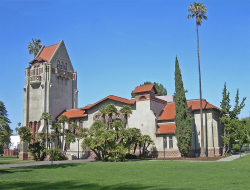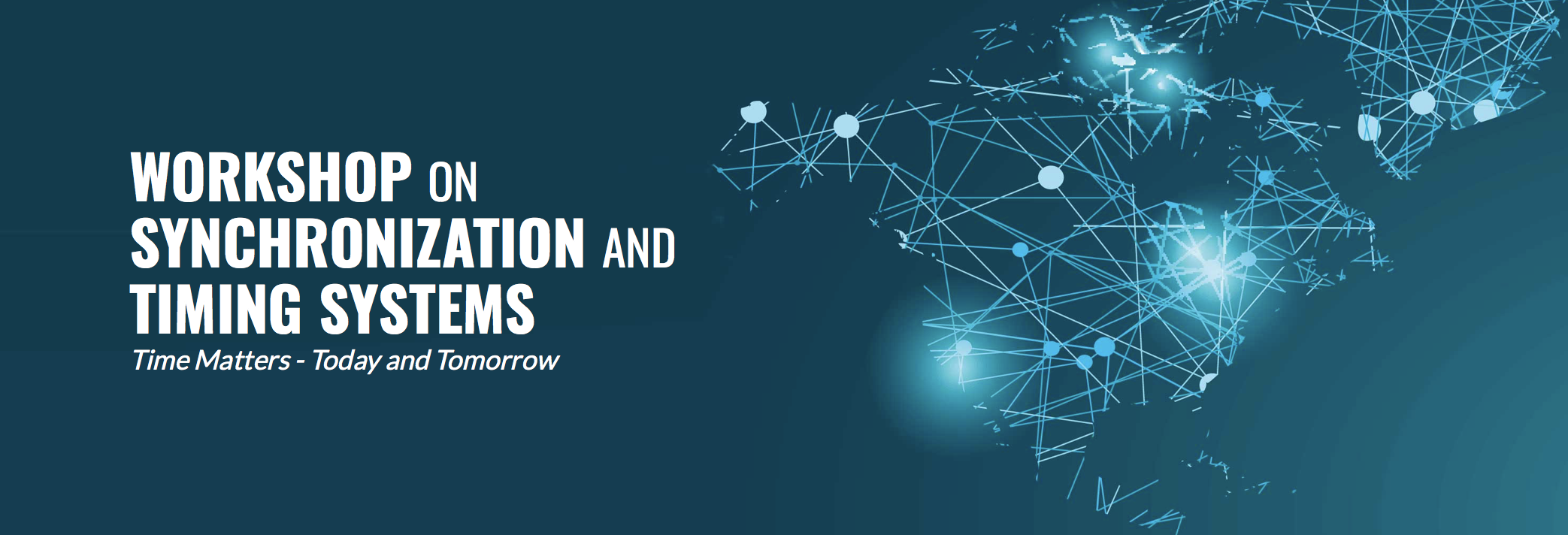Iridium recently announced its newly acquired Iridium Satellite Time and Location (STL) service will provide resilient timing synchronization to FAA data center facilities across the U.S. Through a five-year contract with L3Harris Technologies, the global voice and data satellite communications provider will make the service available to more than three dozen L3Harris-operated communications network backbone nodes and a similar number of FAA facilities.
L3Harris owns and operates a private nationwide network for the FAA, providing voice, data and video communications for National Airspace System (NAS) operations and mission support functions.
Timing synchronization is essential for the network, with the Iridium STL service removing dependency on GPS as a primary timing source.
“The FAA has data centers and ground operations that keep air traffic safe around the country, and that infrastructure relies on very accurate timing synchronization,” Iridium EVP of STL Michael O’Connor said. “It’s very powerful to add another signal to provide that resiliency.”
This contract is another example of how the federal government has recognized the need for complementary PNT (CPNT) solutions to back up GPS, O’Connor said, and the recent focus on accelerating adoption of such solutions. Earlier this year, the U.S. Department of Transportation (DOT) put out a CPNT Request for Quote (RFQ), which came about five months after the initial Request for Information (RFI) that sought feedback on the availability of operationally ready (Technical Readiness Level or TRL ≥ 8) CPNT technologies to meet critical infrastructure needs when GPS service is not available, degraded or disrupted. The department intends to award multiple contracts.
O’Connor also referenced the Volpe Center’s industry wide field demonstration of CPNT technologies that took place in 2021. Eleven companies, including Satelles, participated in the demonstrations, where the goal was to gather information on PNT technologies that are ready to work when GPS is denied.
“These are very positive and healthy steps taken by the U.S. government to take leadership in implementing these types of solutions,” he said. “[With the L3Harris contract] The FAA is putting real energy into solving an important problem and showing the world ways that it can be done.”
Compact devices from Adtran’s Oscilloquartz division that receive Iridium STL signals are also part of the solution. This high-performance equipment is easily integrated into the network and helps fulfill timing synchronization requirements.
The L3Harris announcement came not long after the companies announced Iridium’s Satelles acquisition. Iridium has partnered with Satelles from the beginning, Desch said, and when O’Connor came to him and said they were starting to see interest in the business, he decided it was time for Iridium to make its first acquisition.
“This is an inflection time in the industry,” Desch said. “GNSS spoofing and jamming is only getting worse, and there’s really an opportunity for time synchronization for critical infrastructure and in building assets.”
STL is 1,000 times more powerful than GPS signals, Desch said, so it works indoors and places GPS can’t reach. It brings more resilience and confidence to data centers, financial markets, aviation, maritime and other industries that depend on timing and location data from GNSS systems.
It’s also on the L-band, which has advantages. Iridium STL doesn’t suffer from rain fade and because GPS is in the same spectrum, users can deploy some of the same equipment to access both, a cost advantage, O’Connor said. The cross-linked network makes it possible to deliver a global service through a limited number of fixed ground stations; users don’t have to be located near one to take advantage of it. And because it’s a one-way signal, adding users as the subscription service scales doesn’t require additional power.
The two companies are now in the integration phase, Desch said, scaling up where STL already has a presence, such as the wireless industry and data centers, and expanding into new markets like maritime and aviation.
“With our network, we can lay down this powerful timing signal across the whole world,” Desch said, “and an unlimited number of devices can pick that signal up and use it to locate or protect GNSS from spoofing or jamming.”






